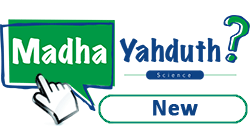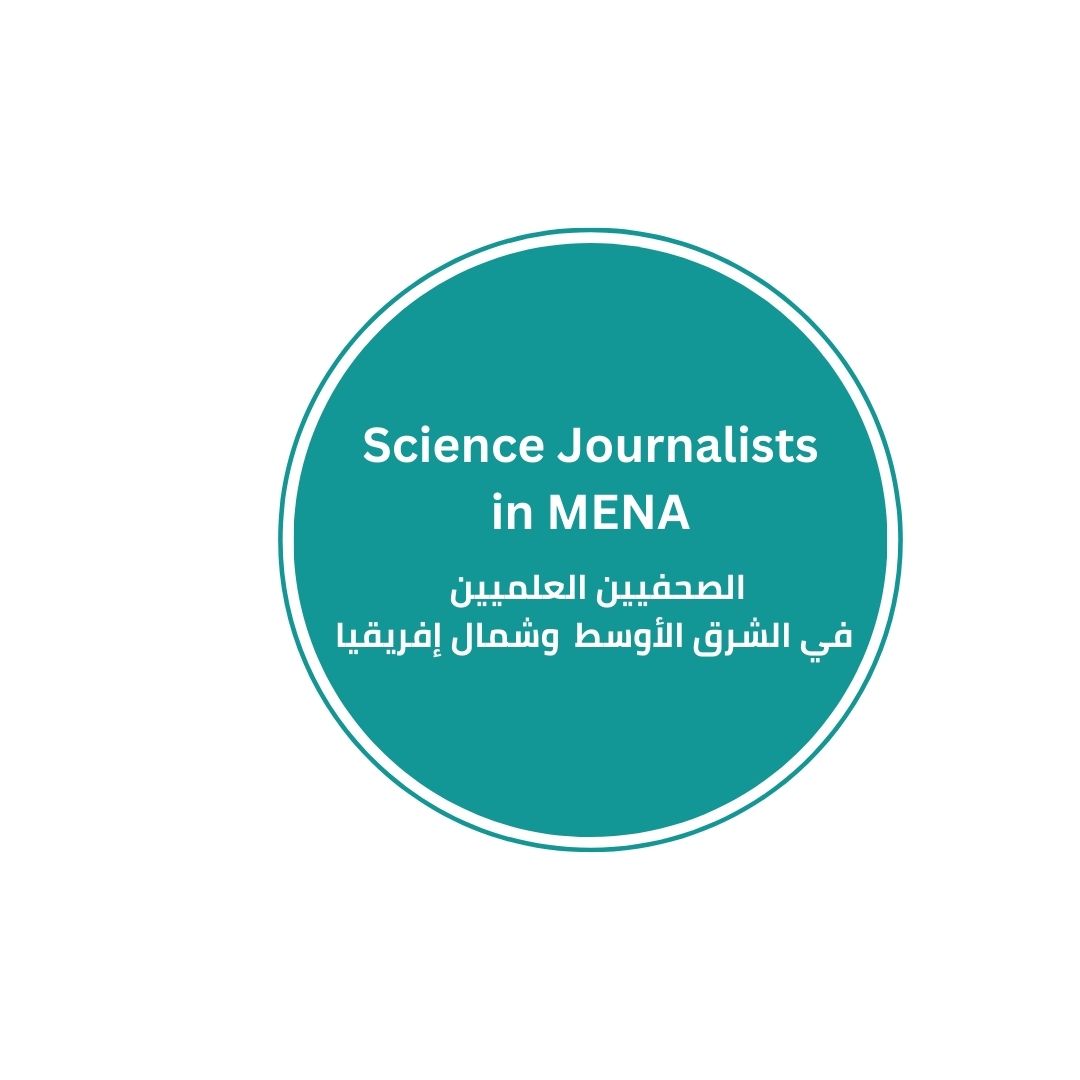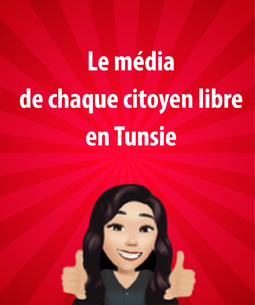
Question of the week: How can a journalist correct an error in their coverage of a scientific event?
Scientific journalists must provide accurate and reliable coverage of scientific events and avoid misinformation. However, as in any other field, mistakes or inaccuracies may occur during the coverage of an event. Correcting these errors is essential for maintaining the journalist’s credibility and the public credibility of the media outlet. Still, it is also part of the commitment to professional ethics in science journalism. By correcting errors, journalists can enhance trust between their audience and the scientific community, promoting greater transparency and credibility.
The first step a journalist should take upon discovering an error in their coverage is to acknowledge the mistake openly and clearly, as journalist Mohamed Imran Jeri pointed out. Correcting an error can sometimes be uncomfortable, primarily if the mistake was widely published or significantly impacted public opinion. However, journalists' commitment to transparency and acknowledgement of the error can positively affect their credibility. It also demonstrates the journalist’s dedication to accuracy and willingness to take responsibility for any misinformation published.
After acknowledging the mistake, the journalist must precisely explain what was wrong and what has been corrected. It is not enough to say, "We made a mistake." The journalist should specify exactly what was corrected and how the truth was established. For instance, if inaccurate study results were published, the journalist should clarify why the initial results were incorrect and what new facts were verified. This helps correct the error and allows the audience to understand the journalistic process and how information is verified.
The journalist should also publish the correction in the same place where the original error was made. Suppose the erroneous article or report was published on a website or in a newspaper. In that case, the correction should be available in the same location so the reader can easily refer to it. In some cases, it may be helpful to include notes that explain how the information was corrected and provide details about the sources that led to the change. As colleague Hind Al-Houni emphasized, making amendments online is easier, and publishing a post addressing the error is also possible. For example, during the COVID-19 pandemic, a story about bats being the source of the virus was published, but the information was later corrected after being found to be inaccurate.
In cases where incorrect information was broadcast on television or radio reports, a correction or clarification should be aired as soon as possible to ensure that the correct information reaches the audience, ideally within the same program.
It is crucial for journalists to stay in regular contact with the scientific sources they rely upon in their coverage. Suppose an error occurred due to negligence in verifying the source. In that case, the journalist should work on restoring the relationship with the source and re-establishing communication to gather additional information or clarifications. This interaction with sources is not just for correcting errors but also an opportunity to build long-term relationships with experts in the scientific field who can serve as reliable sources of information in the future. By maintaining this relationship with scientists, journalists can obtain accurate and up-to-date facts, helping them avoid future mistakes.
Effective error correction involves providing the correct information and requires caution in presenting the information. When correcting a mistake, the journalist must respect core values in science journalism, such as objectivity and neutrality. The correction should be balanced and free of any unjustified criticism of the sources that made the mistake. Correcting an error is not just a technical process but also an opportunity to reaffirm the journalist’s commitment to ethical principles in their work. By presenting the correction precisely and professionally, the journalist can demonstrate their dedication to transparency and scientific integrity to the audience.
Furthermore, the scientific journalist must learn from the errors that may occur and develop strategies to avoid them in the future. Reviewing research methods, verifying information, and carefully evaluating sources can contribute to reducing the likelihood of errors. When an error does happen, the journalist should treat it as an opportunity to improve their methods and gain additional experience. Through continuous review and learning, journalists can enhance the quality of their work and ensure the delivery of accurate scientific reports to the public.
Finally, dealing with mistakes in scientific coverage is not just about correcting information; it is also about strengthening the role of journalism in building trust between scientists and the public. In a world where misinformation is increasingly widespread, the responsibility of scientific journalists is more significant than ever. By appropriately and transparently correcting errors, journalists can raise scientific awareness and encourage critical thinking among their audience. Ultimately, scientific journalists must understand that accuracy and credibility are the foundation for building a strong relationship between the media and the public, contributing to a better-informed society about scientific facts grounded in solid knowledge.
.jpg)


.jpg)


 Science Journalists MENA
Science Journalists MENA 





Add Comment